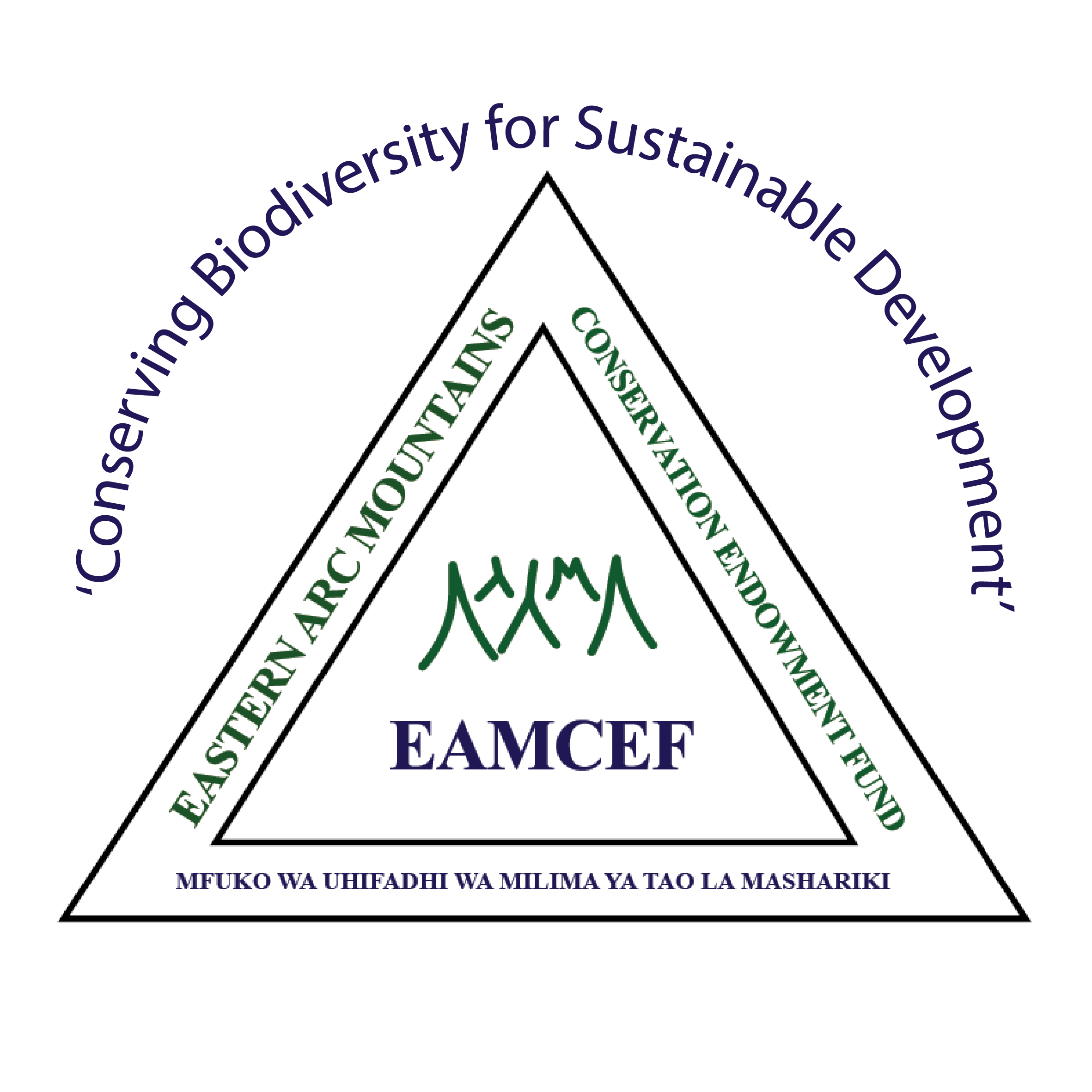This mountain block is wholly confined to Same District in Kilimanjaro region. It reaches up to 2463 m altitude. The area is heavily populated with about 94,837 people distributed across 49 villages in the highlands. Most of the land outside the government reserves and village and traditionally managed forest patches is farmland.
The South Pare contains one Nature Reserve (Chome) and eight gazetted Forest Reserves (Chambogo, Kiranga-Hengae, Chongweni, Kankoma, Kisiwani, Vumari, Kwizu, Maganda), two proposed Forest Reserves (Kwamwenda, Mwala) and three proposed Village Forest Reserves (Dido, Mambugi, Ishereto), all supporting Eastern Arc forest. These total more than 27,168 ha. The forest habitat ranges from sub-montane to montane and upper montane, with areas of montane heath in Chome. Common tree species include Parinari excelsa in the sub-montane forest and species such as Octotea usambarensis, Albizia gummifera and Podocarpus latifolius in the montane forests.
The South Pare white-eye (Zosterops winifredae) is strictly endemic to the Eastern Arc Mountains.
The biodiversity values of the South Pare Mountains are moderate with 1 strictly endemic vertebrate animal, the South Pare white-eye (Zosterops winifredae) and three other vertebrate species that are confined to the Eastern Arc Mountains. Similar low rates of endemism are seen in plants, with only one Eastern Arc endemic tree known.
The Chome Nature Reserve has been well surveyed, but the other forests are not well known. In particular there has been little study of the amphibians and reptiles in the South Pare.
Heavily exploited for valuable timber species.
The large Chome forest reserve has been heavily exploited for valuable timber species a trend that is continuing despite government intervention. Fire is also a serious threat to the forests of the South Pare Mountains. When forests are damaged by fire then they can be invaded by black wattle and Eucalyptus. (image: Leaf-nosed bat found across the Eastern Arc Mountains)

